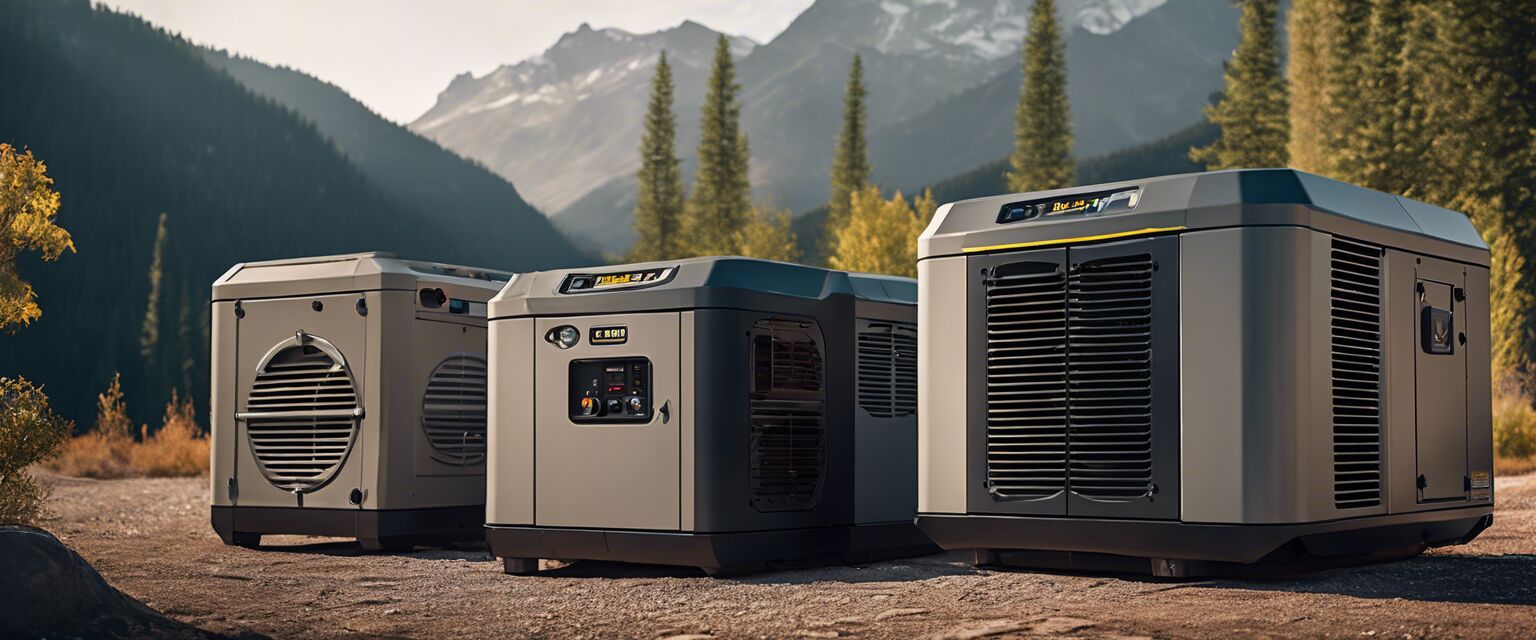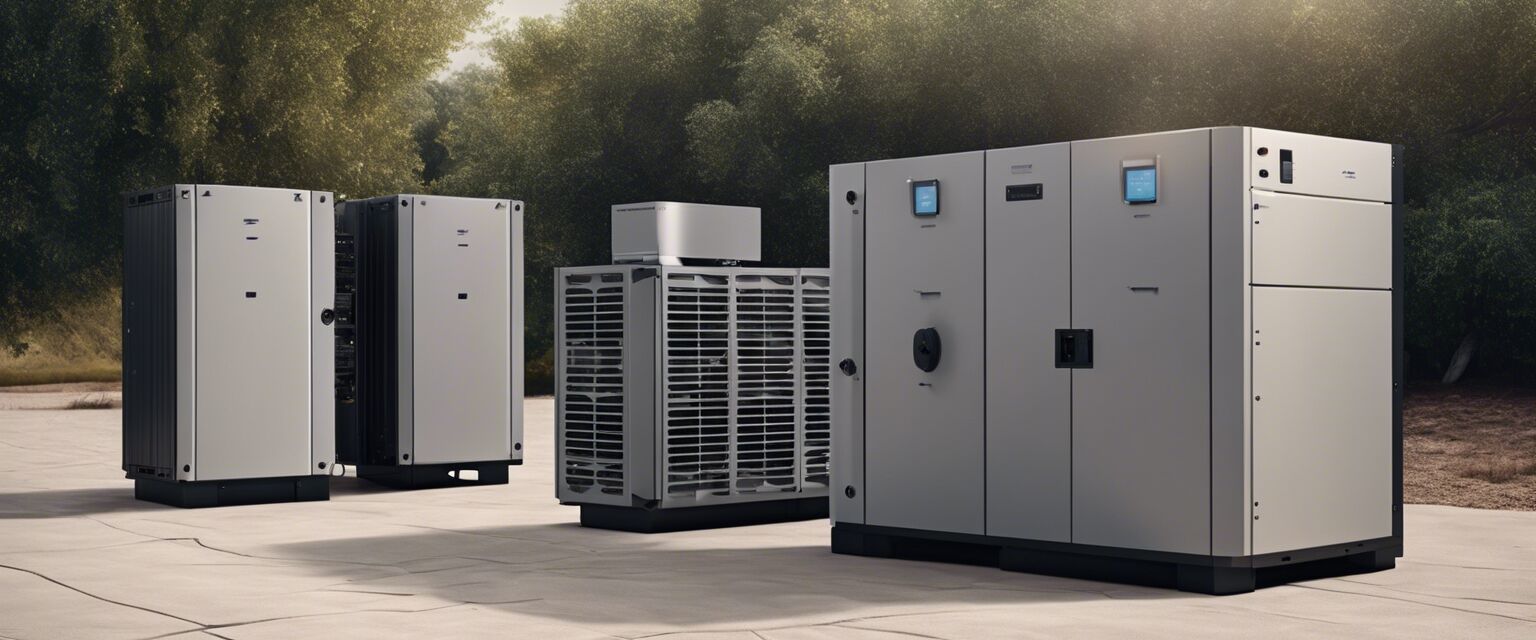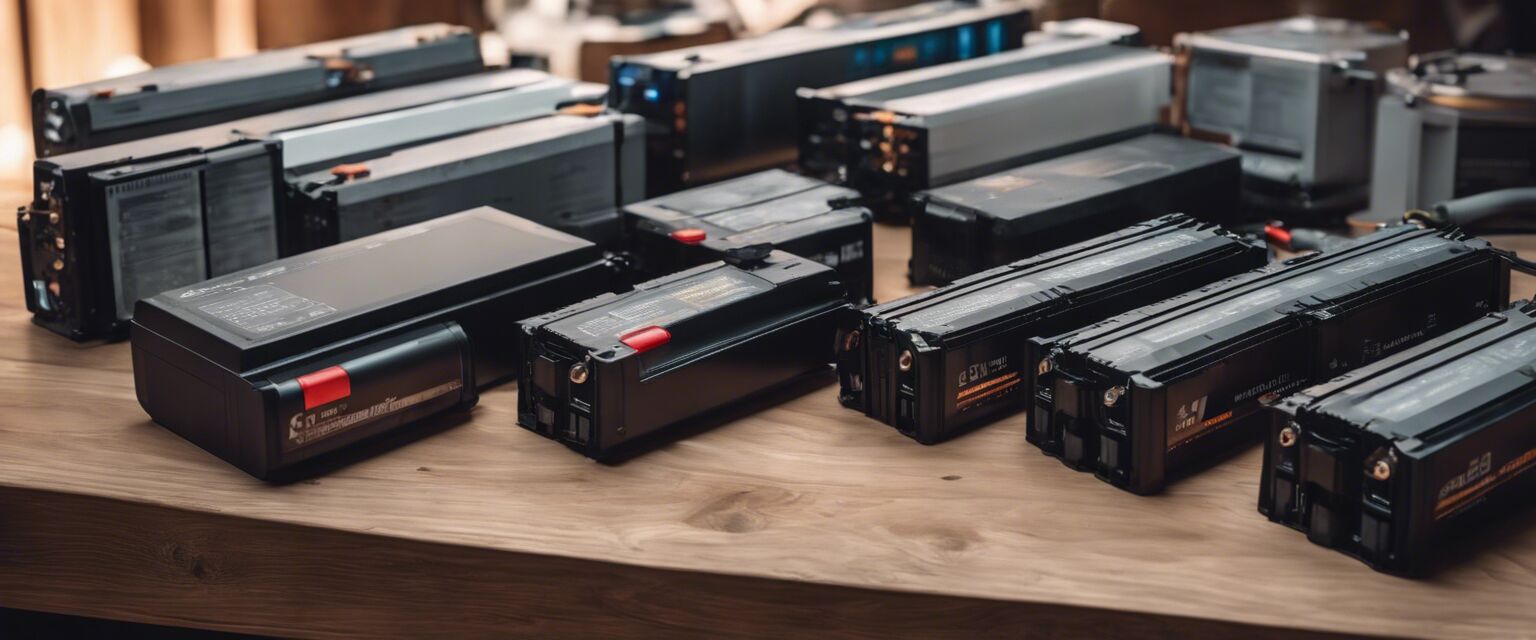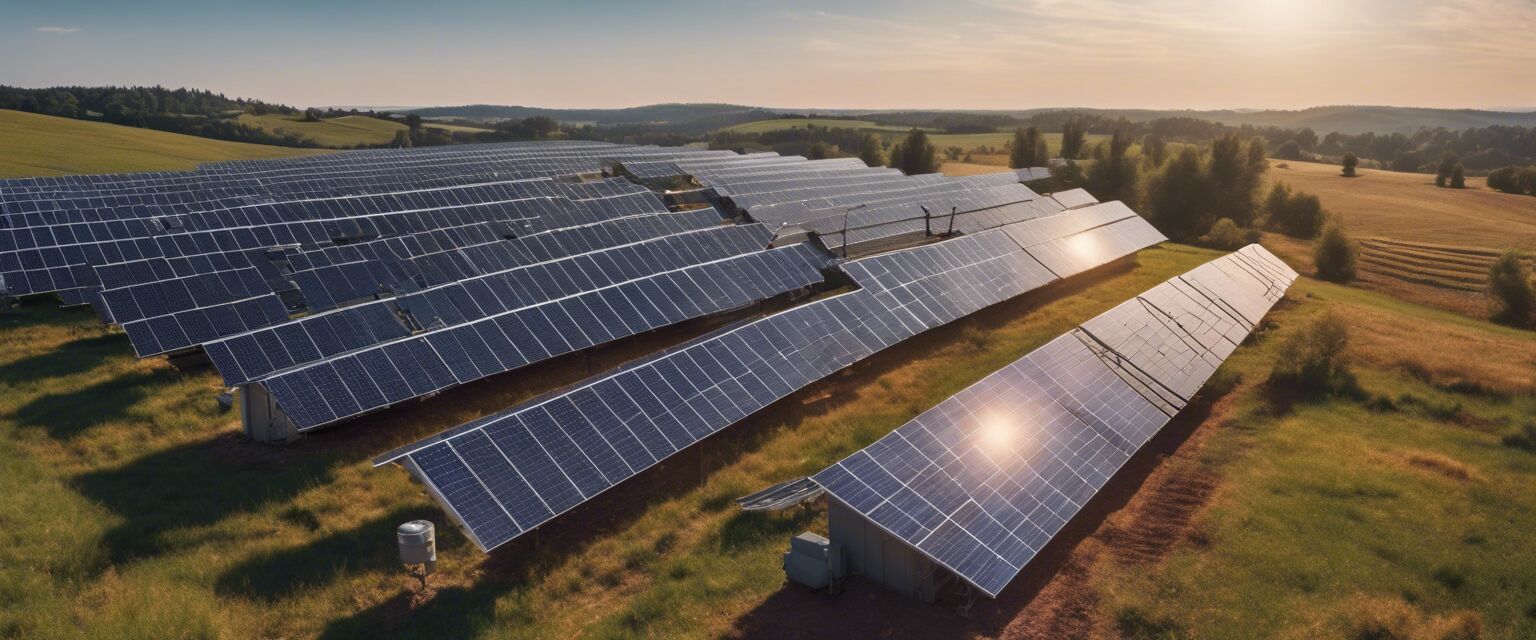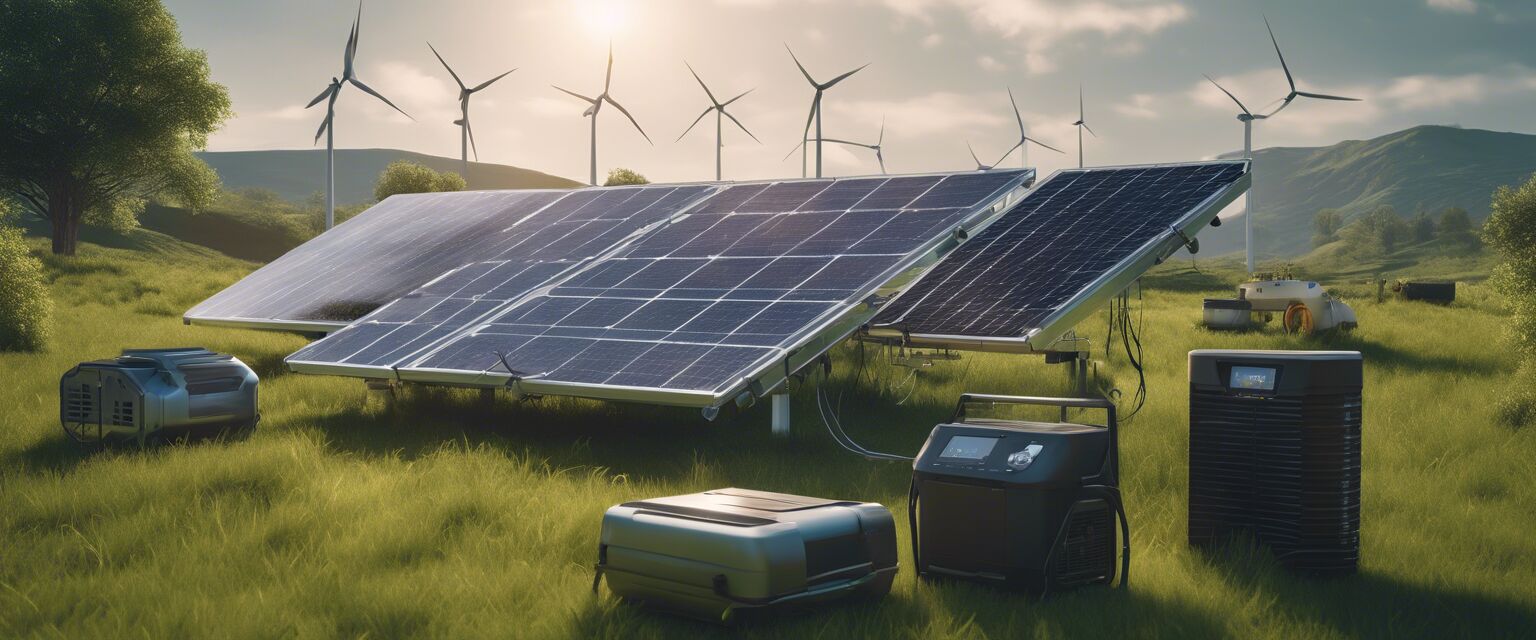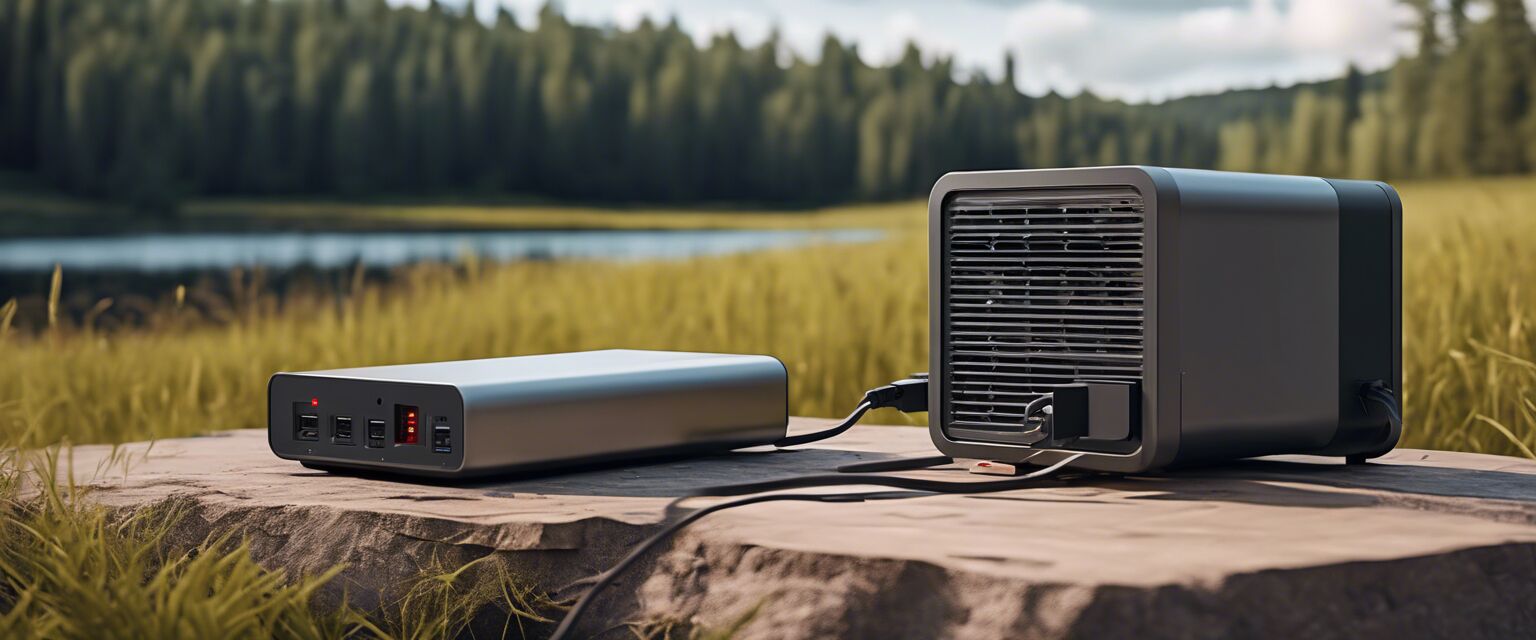
Portable Power Stations
Key Takeaways
- Portable power stations provide a reliable energy source for off-grid activities.
- They come in various sizes and capacities to suit different needs.
- Understanding features like battery capacity, output ports, and charging methods is essential when choosing a unit.
- They are ideal for camping, tailgating, and emergency power backup.
- Comparing models can help identify the best fit for your requirements.
Portable power stations have revolutionized how we access electricity outside of traditional power grids. Whether you are camping, tailgating, or preparing for emergencies, these versatile devices can meet your power needs without the hassle of gas generators. In this article, we will explore the various aspects of portable power stations, how they work, and what to consider when selecting the right one for you.
What is a portable power station?
A portable power station is a compact device that stores electrical energy, allowing you to charge and power various electronic devices. Unlike traditional generators that run on fuel, power stations utilize rechargeable batteries to provide clean and quiet energy. This makes them ideal for off-grid situations where access to electricity is limited or unavailable.
Key features of portable power stations
| Feature | Description |
|---|---|
| Battery capacity | Measured in watt-hours (Wh), it indicates how much energy the station can store. |
| Output ports | Different types of ports (USB, AC, DC) for charging various devices. |
| Recharge methods | Can be recharged via solar panels, AC outlets, or car chargers. |
| Weight and portability | Consider weight and design for easy transportation. |
| Safety features | Overload protection, short-circuit protection, and temperature control. |
Advantages of using portable power stations
- Quiet operation compared to gas generators.
- Environmentally friendly with no emissions.
- Flexible charging options, including solar energy.
- Lightweight and compact for easy transport.
- Multiple ports for charging various devices simultaneously.
Common applications
Portable power stations have versatile applications. Here are some of the most common uses:
- Camping: Keep your devices charged while enjoying nature.
- Tailgating: Power your appliances and entertainment systems.
- Emergency backup: Keep essential devices powered during power outages.
- Outdoor events: Provide energy for tools and lighting.
- RV travel: Power your gadgets and appliances on the road.
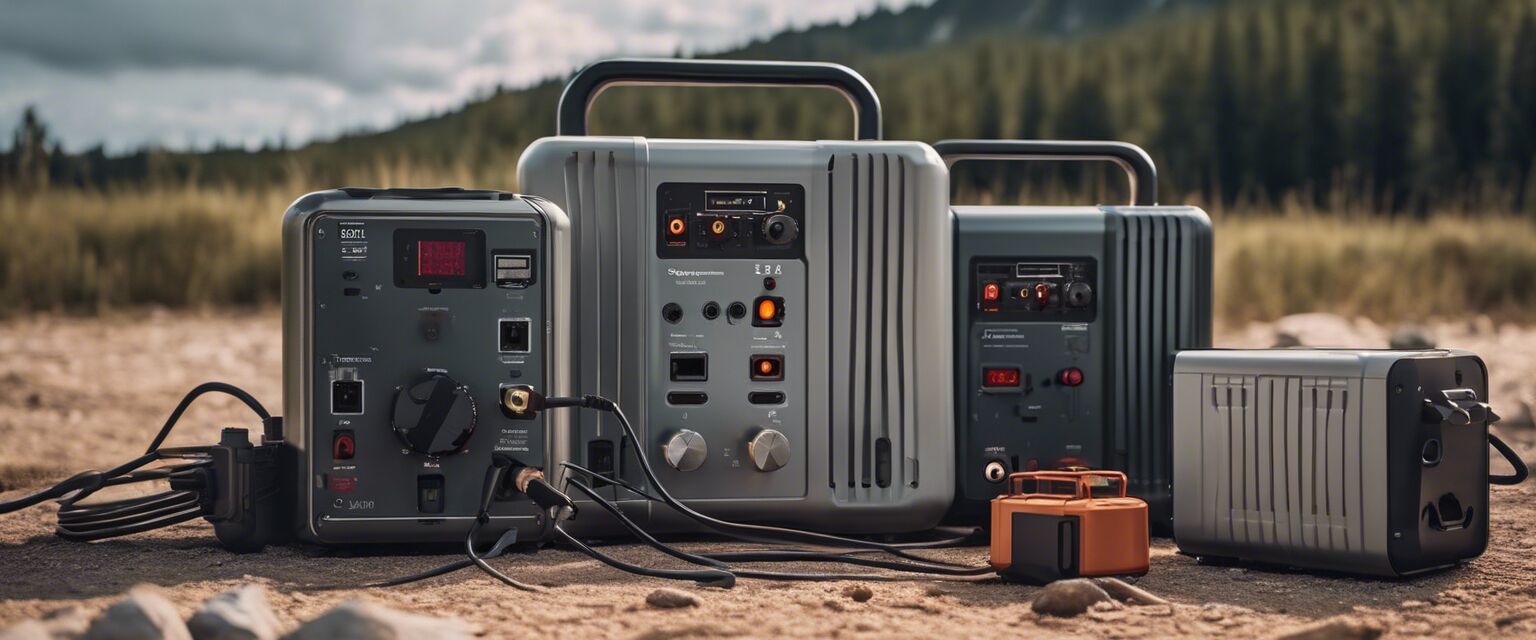
Important considerations when buying a portable power station
When selecting a portable power station, ensure you consider the following factors:
- Capacity: Choose a model that meets your power needs.
- Port type and number: Ensure it has the right ports for your devices.
- Recharge time: Check how long it takes to recharge the unit.
- Durability: Look for rugged designs suitable for outdoor use.
- Warranty and support: Investigate the manufacturer's warranty and customer service.
Comparison of popular portable power stations
| Model | Battery Capacity (Wh) | AC Output (W) | USB Ports | Weight (lbs) |
|---|---|---|---|---|
| Model A | 500 | 300 | 2 | 12 |
| Model B | 1000 | 600 | 4 | 22 |
| Model C | 1500 | 1000 | 3 | 30 |
Tips for maximizing the efficiency of your portable power station
Tips for beginners
- Charge your power station fully before your trip.
- Use energy-efficient devices to prolong battery life.
- Consider using solar panels for recharging when off-grid.
- Keep track of your power consumption to avoid running out of energy.
- Store your power station in a cool, dry place to maintain battery health.
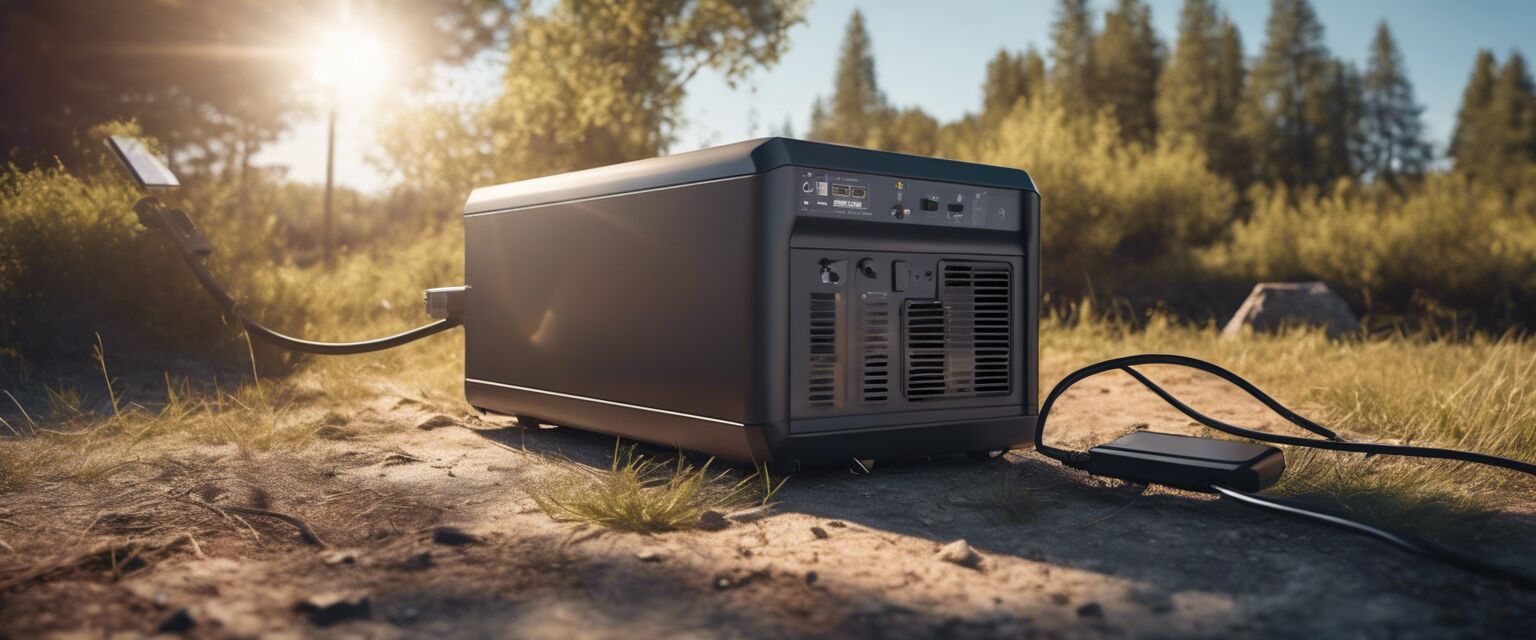
Conclusion
Portable power stations are essential for anyone looking to enjoy off-grid adventures while maintaining access to electricity. With various models available, itâs crucial to understand your specific needs and the features that matter most. By considering the key factors weâve discussed, you can find a power station that best fits your lifestyle and requirements.
Pros
- Environmentally friendly energy source.
- Convenient for various outdoor activities.
- Multiple charging options and ports.
- Lightweight and portable design.
Cons
- Higher initial cost compared to traditional generators.
- Limited run time depending on battery capacity.
- Charging times can vary significantly.
For more information on other related products, check out our detailed guides on battery storage, charge controllers, and inverters. Understanding these products can enhance your off-grid power solutions.




